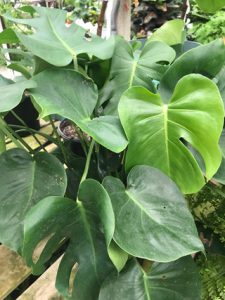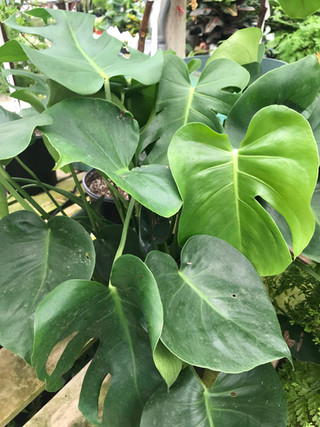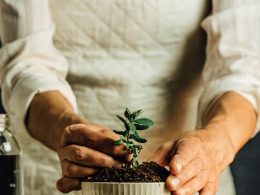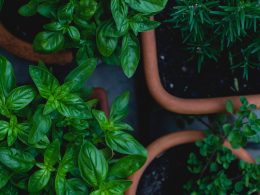This article is designed for parents, especially those with curious toddlers at home. It offers valuable tips and insights on how to create a safe environment by preventing toddlers from interacting with potentially harmful houseplants. Parents will benefit from learning practical strategies to ensure their child’s safety while fostering a love for nature.
Introduction: Cultivating Safety and Curiosity
In the world of gardening and horticulture, few names carry as much weight as Alan Titchmarsh. With a legacy spanning decades, Titchmarsh has become a beloved British gardener, TV presenter, and author, inspiring both seasoned gardeners and eager enthusiasts. His ability to seamlessly blend expert knowledge with a warm, relatable approach has made him a trusted source of green wisdom.
In this article, we embark on a journey guided by Titchmarsh’s insights, focusing not just on nurturing vibrant houseplants, but also on ensuring the safety of our little explorers – toddlers. These pint-sized adventurers possess an insatiable curiosity, making every corner of the home a potential playground. However, as parents, it’s our responsibility to strike a balance between fostering their inquisitiveness and safeguarding their well-being.

Understanding the Risks: A Brush with the Unexpected
Houseplants, with their lush foliage and vibrant blooms, have the power to transform any living space into a serene oasis. Yet, hidden among their beauty can lurk potential dangers, particularly for young children. It’s essential for parents to be aware of the risks associated with certain houseplants and the potential consequences of a toddler’s innocent exploration.
As we welcome nature into our homes, we must also acknowledge that some plants can pose a threat to our little ones. Common houseplants like philodendrons, peace lilies, and snake plants may contain toxins that, if ingested, could lead to a range of symptoms, from mild irritations to more severe reactions. While the chances of a mishap are relatively low, vigilance remains our greatest ally.
Research underscores the importance of safeguarding our homes against such risks. A study published in the Journal of Pediatric Emergency Care highlighted that accidental plant ingestions are among the leading causes of pediatric poisonings. By recognizing these risks, we empower ourselves to take proactive measures and ensure our toddlers’ safety.
Creating a Toddler-Friendly Green Space: Cultivating Curiosity Safely
As parents, we aspire to create an environment that nurtures our children’s curiosity while shielding them from harm’s way. Crafting a designated green space within your home can accomplish precisely that. By curating an area where toddlers can explore and interact with plants under a watchful eye, we encourage a love for nature without compromising their safety.
Incorporating Alan Titchmarsh’s gardening wisdom, we can transform this endeavor into a delightful family project. Titchmarsh’s expertise extends beyond the pages of his books and TV shows; it seeps into every garden bed he tends and every sapling he nurtures. With his guidance, we can identify houseplants that are not only visually appealing but also safe for tiny hands and mouths.
Consider introducing non-toxic succulents, resilient ferns, or vibrant spider plants to your toddler’s green haven. These plants not only add a touch of nature’s charm to your home but also offer an opportunity to introduce your child to the world of gardening. Imagine the joy of watching your toddler water their own plants or marvel at the intricate patterns of a leaf.
Parenting Strategies for Plant Safety: Nurturing Awareness
Parenting is a delicate dance of guidance and patience, and teaching toddlers about plant safety is no exception. It’s a journey that requires gentle redirection, positive reinforcement, and the art of distraction. By employing effective strategies, we can instill a sense of awareness in our little ones, guiding them away from potential hazards.











